Nico Gagelmann, Co-founder and Co-chair the European Society for Blood and Marrow Transplantation (EBMT) Trainee Committee, shared a post on X:
“The power of transplantation to reverse-engineer a so-called ‘chronic’ disease.
An educational thread on myelofibrosis and a bow for my mentor.
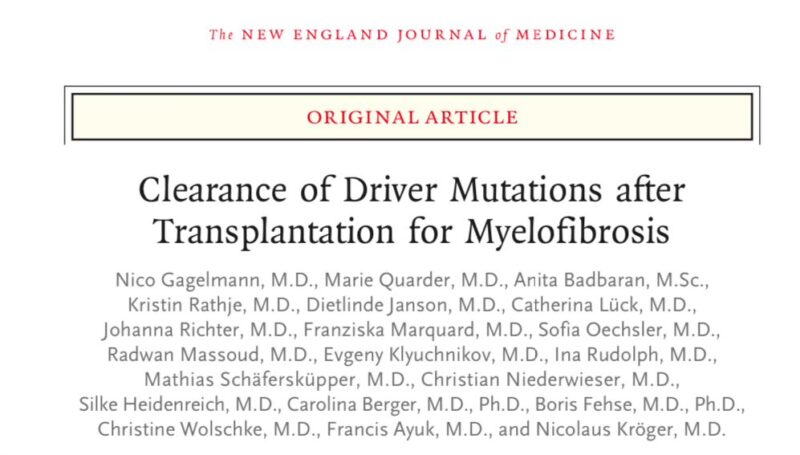
What is Myelofibrosis?
A Philadelphia chromosome-negative myeloproliferative neoplasm, MF can occur as a primary disease or evolve from other disorders like polycythemia vera or essential thrombocythemia. Mutations in JAK2, CALR, or MPL drive it in ~90% of cases.
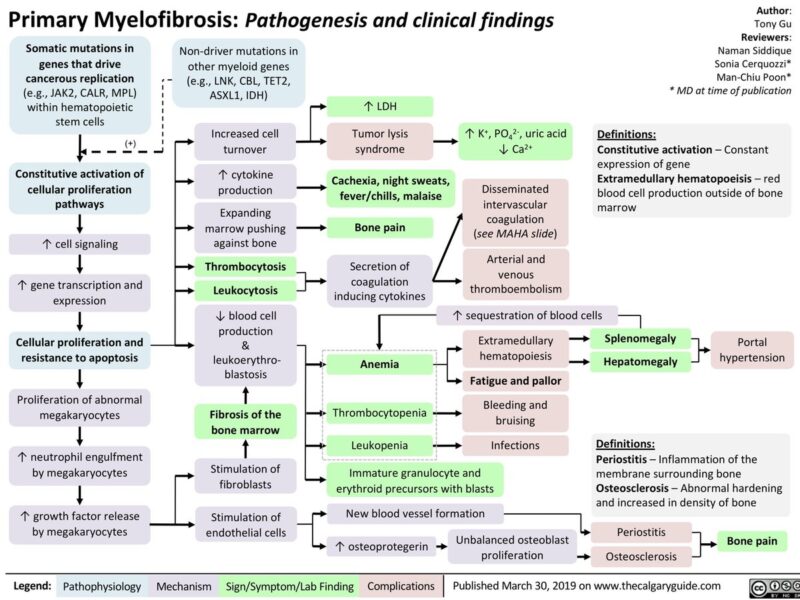
Treatment Landscape.
Allogeneic hematopoietic stem-cell transplantation is the only curative option, despite astonishing advances over the past decade, eg JAK inhibitors.
However, relapse occurs in 10–30% of patients, highlighting the need for better post-transplant therapies.
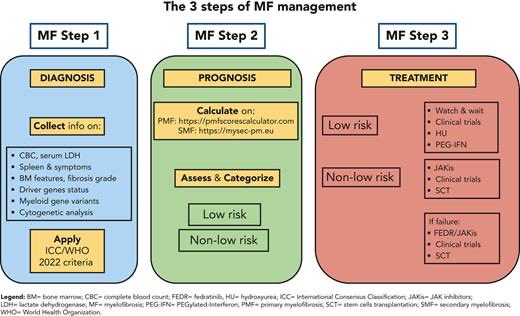
Why Monitor Mutations?
Driver mutations are associated with distinct outcome and persistent mutations in JAK2, CALR, or MPL after HSCT may be linked to relapse risk.
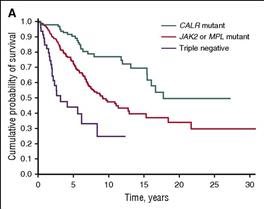
Key Methods
– 324 patients.
– underwent reduced-intensity conditioning transplantation.
– molecular monitoring with PCR for JAK2, CALR, MPL from peripheral blood.
– at days 30, 100, and 180 post-transplant.
-mutation clearance = 2 consecutive negative tests ≥4 weeks apart.
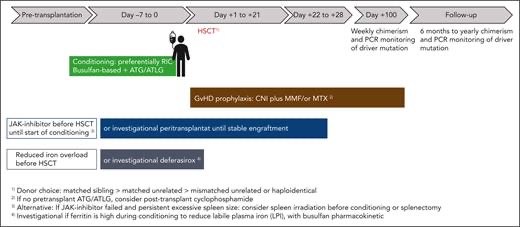
What Was Found?
Mutation clearance was achieved faster with CALR and MPL than JAK2.
•At day 30:
•73% cleared CALR
•54% cleared MPL
•42% cleared JAK2
BUT,
patients still achieved clearance at day 100 and 180.
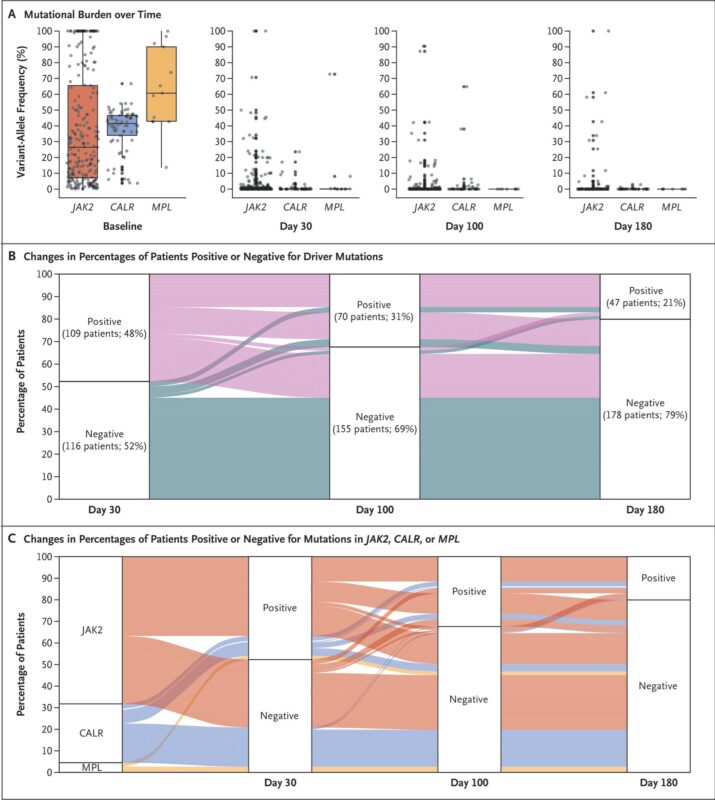
Mutation Clearance and Survival,
Patients with clearance at day 30 had better outcomes:
• 6-year disease-free survival: 61% vs. 41% without clearance.
• Overall survival: 74% vs. 60%.
Mutation clearance is a strong independent predictor of survival.
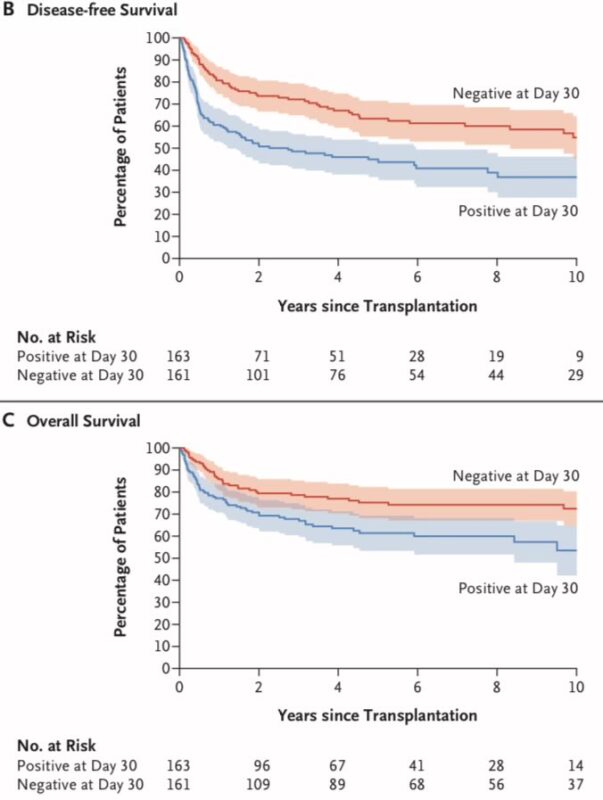
Relapse Risk.
Patients with persistent mutations at day 30 faced higher relapse rates (1-year cumulative incidence: 21%) vs. those with clearance (6%). Early clearance significantly reduced relapse risk and determined outcome across driver mutations.
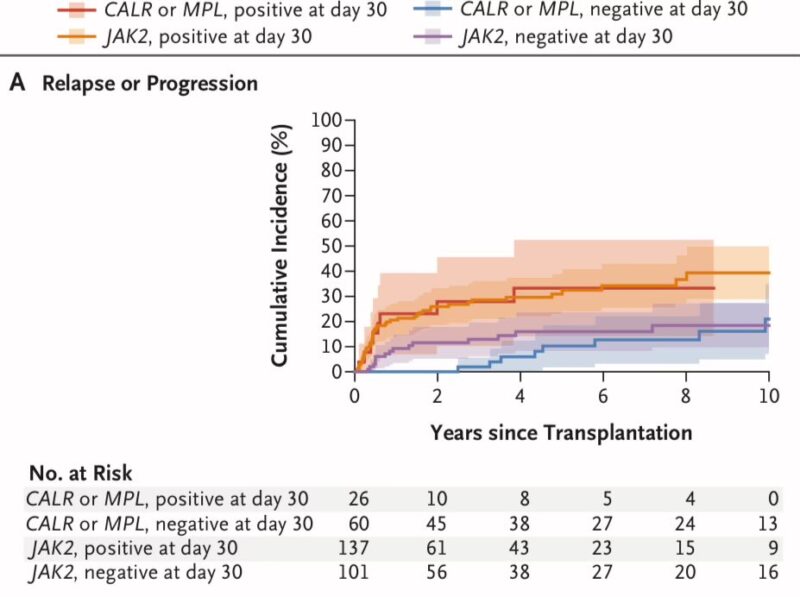
Overall Role of Mutation Clearance,
Achieving mutation clearance at day 30 after transplantation was the most consistent predictor of relapse or progression, in addition to disease phase and presence of TP53.
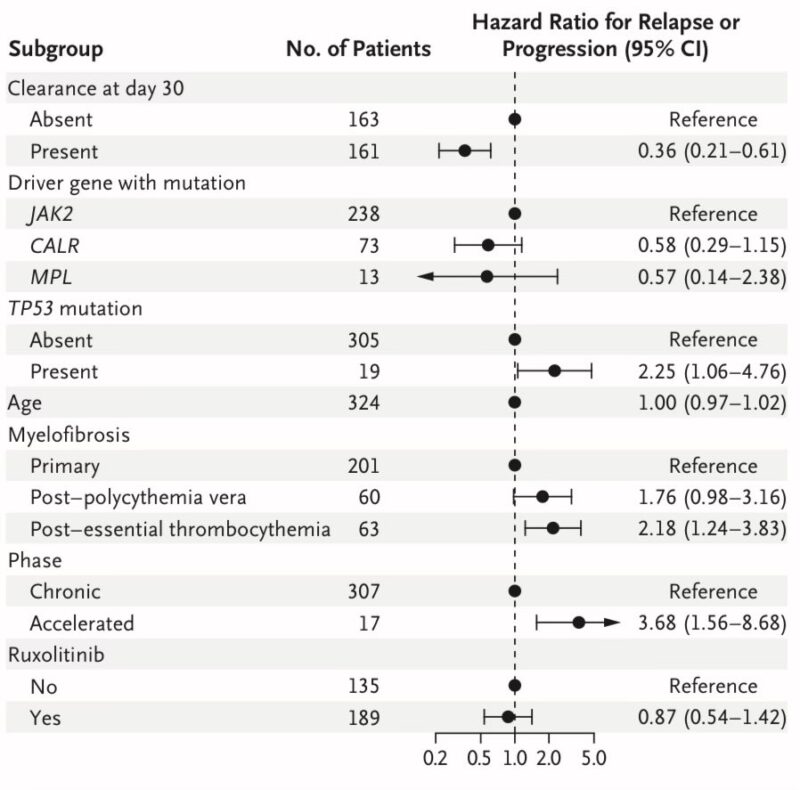
Traditional vs. Molecular Monitoring.
Traditional chimerism analysis lacks the precision of mutation clearance. Combining both methods improved relapse prediction, but mutation clearance at day 30 was more reliable.
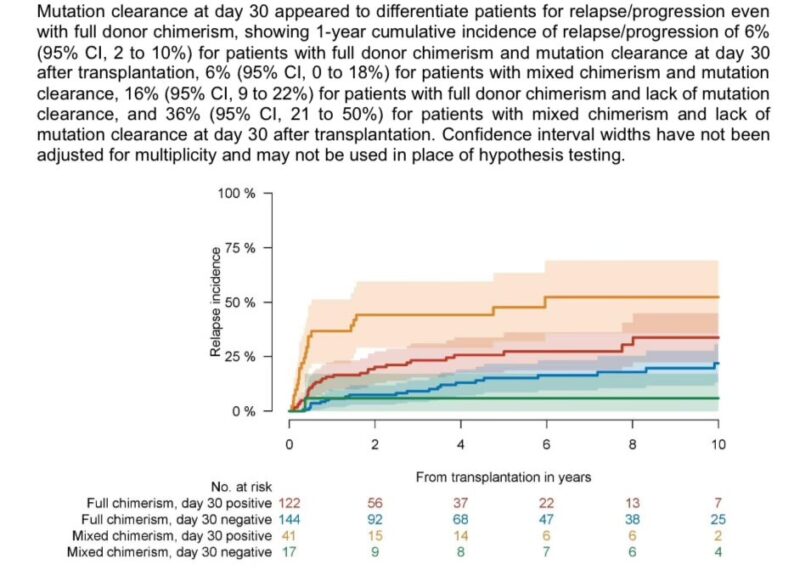
Implications for Therapy,
Monitoring mutation clearance at day 30 enables early intervention, such as donor lymphocyte infusions or immunosuppressive adjustments, to prevent relapse. Timing matters!
Why This Matters,
Early mutation clearance post-HSCT is the strongest predictor of relapse and survival in MF, regardless of mutation type. This data can guide personalized post-transplant strategies.
Takeaway Message,
Mutation clearance should become a standard measure post-transplant to assess relapse risk and guide interventions.
Better monitoring = better outcomes for patients with myelofibrosis.
A Bow in Front of My Mentor.
Your guidance and belief in me have been life-changing. You influence countless of lives everyday. Thank you for leading with wisdom, honesty, kindness, irony, fun, spine and example.
The one and only Prof Kröger.”

